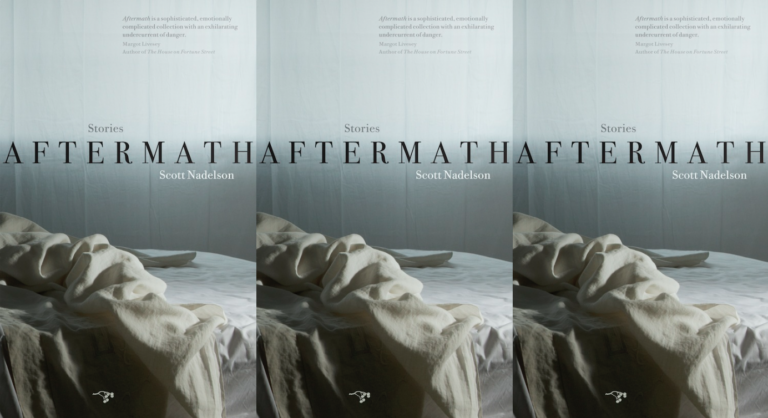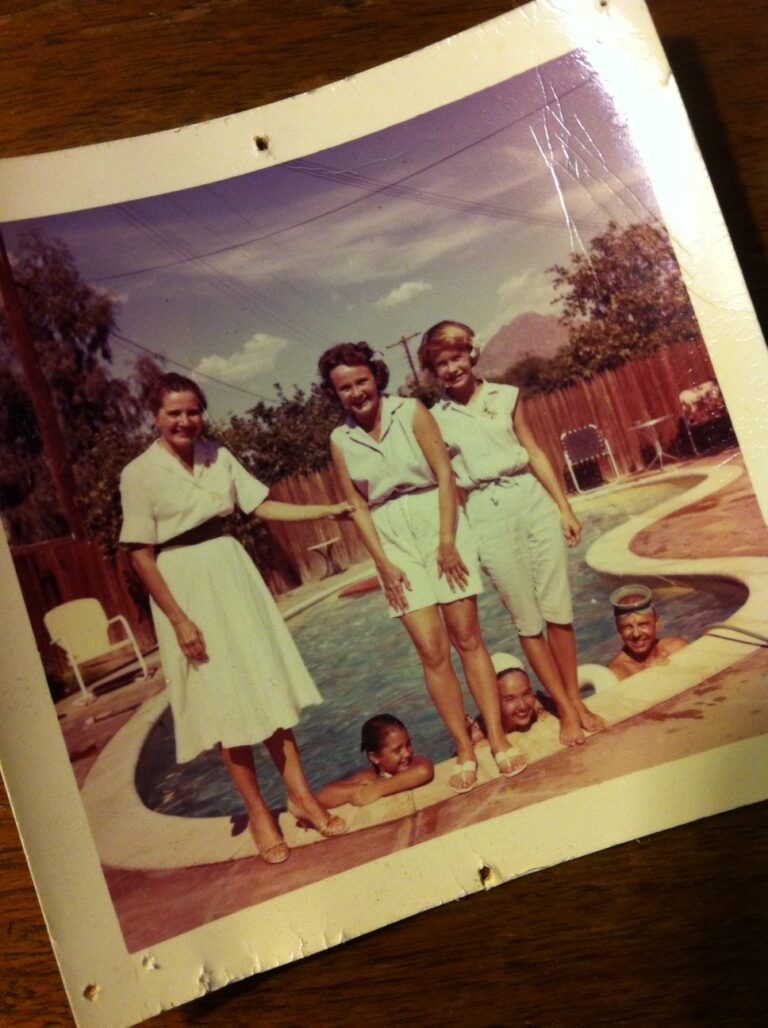People of the Book: Erika Boeckeler
People of the Book is an interview series gathering those engaged with books, broadly defined. As participants answer the same set of questions, their varied responses chart an informal ethnography of the book, highlighting its rich history as a mutable medium and anticipating its potential future. This week brings the conversation to Erika Boeckeler, assistant professor at Northeastern University who specializes in the history of the alphabet.
1. How do you define a “book”?
If I were being pushed off a cliff and had to give an answer to this difficult question, I would probably respond with an old-school comment that books have to have pages. Anything else is a text. But we recognize many objects and non-objects as books. This definition did not become fraught only when books started flying off material pages onto digital screens; European artists and book-makers have been pushing the envelope on the definition of books for a long time, practically since the first books were printed in the fifteenth century (prior to that, we must call the book a codex). And now that I am “reading” “books” to my infant at home, a whole new history of creative book-making and book interaction has appeared to me.
One persistent idea I find among my undergraduate students is that books are predominantly novels. One first-year student expressed surprise at our university library, commenting that there don’t seem to be any good books set out for reading. Thinking about both the way we use books as well as the word “book” was part of her transition from using a local library to using a university library.
2. How do you engage regularly with books, beyond reading?
They are decoration, memories from my grandmother’s house; something I research and write about, discussion topics for my students, colleagues, my in-laws, random strangers; symbolic collections of years of my life available at one swift glance; social caché (holding a Dostoyevsky novel on a bus garnered me a Craigslist missed connection); something for my infant to chew and drool on; a workout (the weight of a stack of books about, say, Cyrillic printing before 1700 should never be underestimated); something I photograph; things I read about (books about books have a Z call number in the Library of Congress system); something to teach my infant fine motor skills (he loves turning the pages); the subject and object of dreams;
(intentionally left unfinished)
3. What has been your most unusual interaction with books?
The one that came to mind immediately involves my travels in Russia. I chanced upon an obscure monastery in a very out-of-the way place. Inside a service was underway. In the dim candlelight, a monk intoned prayers from a book propped upon a very curious three-sided, two-tiered lectern. Suddenly he swiveled the lectern quickly to a different side containing a new book, swiftly located his place, and began intoning from that book. This happened every few minutes. It was like watching performance art, so adept and quick was he at it.
Years later I saw woodcuts of early modern readers using the same kind of lectern. I realized I had seen a centuries-old reference technology in action!
4. Do you have favorite tidbits from the history of books?
I learned in graduate school about a medieval obsession with Christ’s side wound. Scholars would try to calculate its exact dimensions and replicate it to scale as a big elliptical shape in manuscripts, which themselves were made out of animal skins. (At the time I was all excited about this and showed a few examples to my visiting aunt, who is a nurse. She laughed and said that the wound would never have looked like those neat shapes; a deep wound has flappy edges like cut chicken skin.)
Another favorite: users of the early modern Cyrillic alphabet had a special relationship to books and letters, since the names of the first letters produced the acrostic “I know/am letters” or “I know/am books” (AБВ, Аз-Буки-Веди, Az-Buki-Vedi). One of the words for alphabet, azbuka, is culled from these first two letters. Readers imagined actually being a character (in both senses of the word) each time they rehearsed their ABC’s! The most pedagogically advanced reading primer (Bukvar’, 1710, by Karion Istomin and engraver Leontij Bunin) of the early modern era capitalized on this feature, including a huge anthropomorphic letter in the upper right of each page.
And another irresistible one: in the sixteenth century, Erasmus of Rotterdam advocated baking little cakes with alphabetic letters on them for little children to consume only once they could recognize the letter. If only it were always that sweet and easy to internalize knowledge!
5. What material part of the book interests you most?
I get a high off the glue. But seriously, studying this “history of the book” makes me giddy each time I learn more about a new aspect: Leather stamping! Preparing animal skins for manuscripts! (I don’t ever want to do this but it’s still fascinating to read about!) Horticulture and dyes for ink! Type and fonts! Watermarks! Bindings! Glues! Papers! Clasps! Calligraphy! Libraries! Miniature books! Chained books! Foreedge painting! (On the last, see the amazing collections at Boston Public Library or the University of Iowa.)
6. If your house was burning and you had to take three books, which would you save? Why?
I would take the journals I began writing as a child (can that count as one?), the few manuscript leaves I own (all from the same “book”), and maybe the edition of Paradise Lost I took notes in as a sophomore (and continue to read and annotate today). They are all irreplaceable. I do have a book with Robert Frost’s signature in it, but it does not hold as much personal significance. Hopefully I don’t bring the rare book police down on my head for that last comment.Some say the world will end in fire anyway.
7. What about the current moment for books interests you?
I love that digitization has brought us back to a consideration of the materiality of the book. It’s brought more people into the archive and reintroduced an array of beautiful books, book-like objects, and texts into the public eye.
8. Where do you go to find and/or give away books?
There are so many delightful places, but I’ll mention one surprising place: the laundromat. I know of one that had a huge selection of trashy romance novels in constant rotation among its clientele. Perhaps the hot sweaty room in which your undergarments gyrate in a dryer next to a tall dark stranger’s provides inspiration?
9. How do you foresee books evolving in the future?
Many of my students and their parents have asked me whether the future of the material book is imperiled by the digital book. My answer is that the material book is and always will be a beloved and treasured material object. I do know that the scholarly and consumerist decisions we make today will determine what the book looks like tomorrow.
10. What question do you wish I had asked that related in some way to books? Ask, then answer it.
- Q: How do alphabetic letters relate to books?
- A: They are both material, like the book, and immaterial, like the text. Since my work studies the alphabet in art and literature, I think a lot about how physical books play with the material and immaterial features of letters. Apart from picture books, letters seem essential to books, and yet publications have frequently sought to render letters (and, by extension, books) invisible, presuming a hierarchy between meaning and the “tools” used to produce it.I find that letters assert their influence on meaning in many seemingly subtle and not-so-subtle ways. They affect the book through physical features such as spelling, spacing, typography, page layout, and inks. They affect the immaterial text through spelling which, aided by strategic spacing, produces paratextual effects in the reading experience such as anagrams, acrostics, or near misses that we see or hear in our brain’s ear as we read quickly (e.g. anguish/languish, gusty/gutsy, impotence/importance). Books of the early modern era during the rise of the printing press and artists’ books particularly seek to explore and exploit the complex relationship between alphabetic letters and physical books. I urge all readers to take a closer look at the individual letters of the texts they read—the book may come alive in unexpected ways!
______
Professor Erika Boeckeler‘s specialty is the alphabet. She has written several articles about what happens when we think about letters as images (the most recent is “Painting Writing in Albrecht Dürer’s Self-Portrait of 1500” in Word & Image. Currently she is finishing off a manuscript about the contributions of alphabets to intellectual history during the Renaissance and beginning a second book project on Renaissance material studies. She teaches Shakespeare and history of the book/reading classes at Northeastern University.


